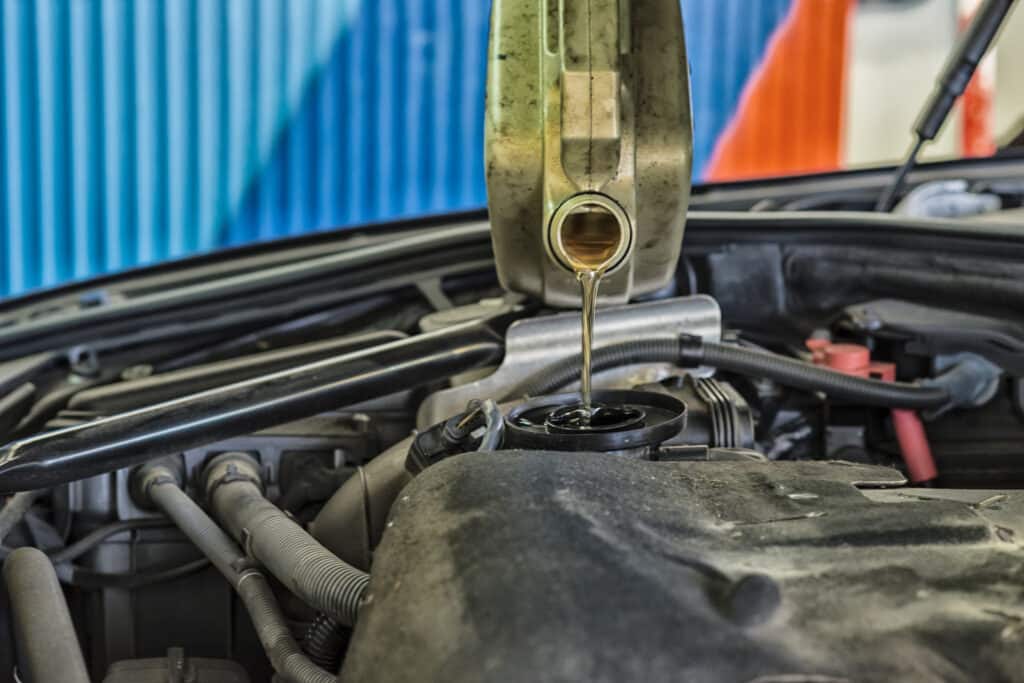Loadrunner
Active Member
but seems just as hard to cut with a hacksaw.
A tubing cutter is your friend. I thought everyone had one, or two of these.
but seems just as hard to cut with a hacksaw.
If you have an air compressor, you can use an exhaust cut off wheel for cutting line. Another optionThe die inserts are not marked, but there are 5 of them, so I could have / should have assumed that the smallest one was for the smallest pipe, which is 3/16 (instead I grabbed the die for the 1/4 pipe, because the pin almost fit, so I made it fit. It just didn't make sense to me that the pins on these dies have to be a loose fit, otherwise you don't get a bubble.
I have several tube cutters - for copper water line. I'm guessing they wouldn't have worked for the 3/16 brake line, so I didn't even reach for it. I just grabbed a hacksaw, then cleaned the end on my table grinder then wire buffed it.
Glad you're making progress!Ok, so the new MC is on. Before I changed it, I was trying to bleed the front brakes, but wasn't getting anything out of the passenger side. Before hooking up the new MC I tried blowing compressed air through that front line with the bleed screw out, but air would not flow. Long story short, the flex line was plugged. I took it off, ran a wire through it (back and forth, a lot) and ran water though it, black stuff flowed out, but now the line is clear. It looks to be in good shape, not cracked or anything (but it is probably 30 years old). Canada tire has one for like 8 bucks but will take a couple days to get, so I said sure, but I put the old line back on (these lines really could be a few inches longer if you ask me). Connected up all the lines, bled them all, peddle is hard now. I suppose with the engine running the first peddle push it will go to the floor (why does that happen?) but it will probably come back up with more pushes. I'll see if that's how it goes tomorrow.
I did start the engine a week or so ago, it started like a champ. Ran it for 10 minutes then shut it down. This after I think it's 23 years sitting in a storage locker.
Stop even thinking about the level when the engine is off. For what you need right now, it's meaningless. The fluid should be at the marks on the dipstick, engine running and trans in neutral.When it was stone cold, the trans fluid was showing an inch or two above full. After idling for 5, 10 minutes, engine too warm to touch, trans in neutral, the oil is below the dip stick. I don't see it. With the engine off, trans in neutral, presumably warm (if not hot), oil is half way from the bottom of the stick to the add-1-pint (or quart?). There's only an inch from the bottom of the stick to that line, and it's half way to the line (again, engine not running but oil is not cold).
If it's not on the dipstick period, you have no idea where the level really is. Again, check with engine running trans in neutral.Is the trans picky about fluid level? If I was 2 pints (or quarts?) short, would it not engage and move the car?
There's a couple different rear seals. One has a rubber boot that acts as a dust shield and the other doesn't. They both work just fine and you'll see the one without the dust seal more often in rebuild kits.Tonight I asked my dad about the transmission work. He noticed that some sort of boot at the rear of the transmission wasn't there and asked them whats with that. They - or as my dad put it - 'the dumb shts' - told him that 'well its best to leave it out to allow for drainage of any water/moisture in the transmission'.
Could there be anything to that? Should I be looking for a rear seal that isin't there? Might account for the ATF loss?
I'd get a hard pedal but then first time with the engine running I'd press the pedal and it would go way down, then I'd pump it once or twice more and i'd be right up there, rock solid.
Pennzoil Type F in this Monaco's 727
I've used Type F with no issues. I was told it had more "friction modifiers" in it and it would give a harder shift. Since that advice came from a Chrysler transmission engineer, I take it as the proper advice. I've heard the same from racing trans builders way back when. That said, I would use the Dexron II (or whatever it is) as we're not talking about a drag car with a modified trans here.Based on what I've seen doing searches, lots of people use and love the type F in the 727. Say it gives more solid shifts. One comment was that type F has no friction modifiers. Have not seen any comment saying type F is bad for a 727. My only other choice would have been ATF +4 (which I have some, bought it to refill the power steering in my '01 ram after replacing the lower steering gear seal, doesn't seem to be any other fluid available for PS except for that). I've never bought Dexron / Mercon to my knowledge.
The water drain hole in the dust boot is interesting. Must be something to that idea of water accumulation there. I'm going to have a better look under the car, get a photo, but I recall seeing something must have been leaking under the center of the car, I thought it a strange place to see that, must have been the AT fluid. The stuff must evaporate, it has been years sitting there, it's more of a wet stain on the concrete.
I've got a lot to clean as far as the concrete floor of this storage unit. Any suggestions?

 gearstar.com
gearstar.com
flywheel has a wet look to it. No idea what's causing it.
I probably should grease the U joints
 www.ctci.org
www.ctci.org
